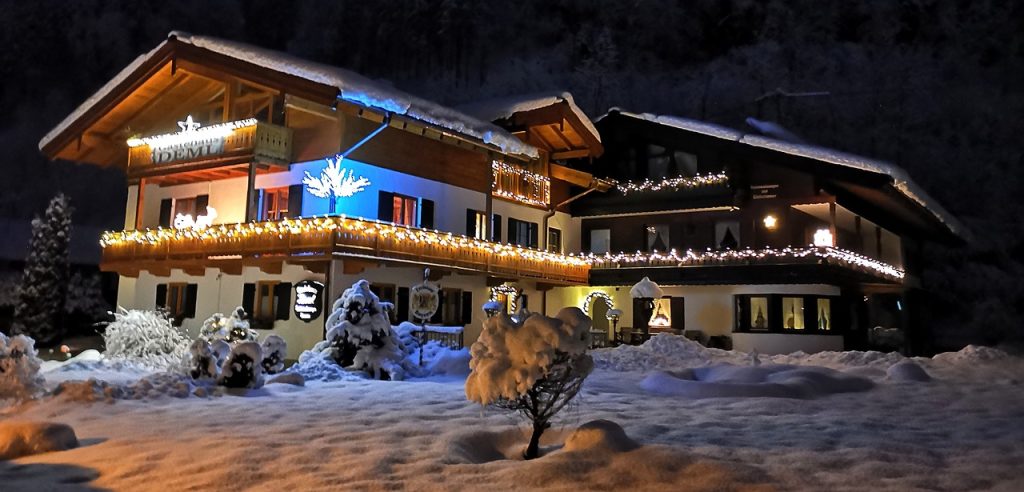Table of Contents
The history of inns and their evolution provides a fascinating glimpse into how hospitality has evolved over centuries, from humble beginnings to modern-day comforts. These modest lodgings, often nestled along highways and byways, have played a vital role in shaping the way people explore and experience the open road. In this comprehensive guide, we will delve into the history and evolution of roadside motels, exploring their origins, iconic features, cultural impact, and how they continue to cater to modern travelers.
History of Inns: Origins of the Roadside Motel

Early 20th Century:
The concept of the roadside motel began to take shape in the early 20th century, coinciding with the rise of the automobile. As more Americans took to the road for leisure and business, the need for convenient and affordable lodging options near highways became evident. The first motels emerged as a response to this demand.
Iconic Milestones:
- 1925 – Milestone Mo-Tel: Arthur S. Heineman opened the Milestone Mo-Tel in San Luis Obispo, California. This motel is often considered one of the earliest examples, featuring individual bungalows with attached garages.
- 1927 – Court-Style Motels: The success of Milestone Mo-Tel inspired other entrepreneurs to adopt a similar model. Court-style motels with bungalow-like units arranged around a central courtyard or parking area became popular.
Features of Early Roadside Motels

Early roadside motels boasted distinctive features that set them apart from traditional hotels and inns:
1. Drive-Up Convenience:
- Attached Garages: Many early motels offered attached garages or parking spaces directly in front of each unit, providing guests with the convenience of parking right outside their room.
2. Kitchenettes and Amenities:
- Kitchen Facilities: Some motels featured kitchenettes or full kitchens in units, allowing travelers to prepare their meals.
- Modern Amenities: Early motels offered modern amenities like private bathrooms, air conditioning, and telephones, catering to the needs of travelers.
3. Courtyard Layout:
- Central Courtyards: Court-style motels had units arranged around a central courtyard, creating a communal yet private atmosphere.
4. Distinctive Architecture:
- Streamlined Design: Motels often featured streamlined and modern architectural styles, reflecting the aesthetics of the era.
- Neon Signs: Iconic neon signs adorned many motels, illuminating the night sky and beckoning travelers to stay.
The Golden Age of Motels

The mid-20th century marked the golden age of motels, with post-World War II prosperity leading to a boom in automobile travel. Motels became synonymous with road trips, offering affordable and convenient accommodations for families, couples, and solo travelers.
Key Characteristics of the Golden Age:
- Motel Chains: National motel chains like Holiday Inn, Best Western, and Howard Johnson’s emerged during this era, offering standardized quality and services.
- Themed Motels: Some motels embraced unique themes, from Western ranch-style motels to futuristic space-age designs.
- Drive-In Movies: Many motels incorporated drive-in movie theaters, allowing guests to watch films from the comfort of their rooms.
- Poolside Attractions: Pools became a common feature, providing travelers with a refreshing break from the road.
Cultural Impact of Roadside Motels

Roadside motels hold a special place in American culture and have made appearances in literature, film, and art. They have been celebrated for their:
- Iconic Pop Culture References: Motels have appeared in countless films and television shows, becoming symbols of adventure, intrigue, and nostalgia.
- Role in Literature: Renowned authors like John Steinbeck and Jack Kerouac featured motels in their works, portraying them as settings for self-discovery and exploration.
- Artistic Inspiration: Motels have been the subject of art, photography, and music, capturing the essence of the American road trip.
Evolution of Roadside Motels in the 21st Century
As travel trends have evolved, so too have roadside motels. While many classic motels still offer a slice of nostalgia, modern motels have adapted to meet the needs and preferences of contemporary travelers:
1. Upgraded Amenities:
- Wi-Fi: Most modern motels offer free Wi-Fi, catering to the connectivity needs of today’s travelers.
- Fitness Centers: Some motels have added fitness centers and other wellness amenities.
- Pet-Friendly Policies: Many motels are pet-friendly, recognizing the importance of accommodating furry family members.
2. Sustainability:
- Green Practices: Some motels have adopted eco-friendly practices, such as energy-efficient lighting and water conservation initiatives.
3. Design and Decor:
- Boutique Motels: Boutique motels have gained popularity, featuring unique designs and stylish decor.
4. Digital Booking:
- Online Reservations: Modern motels often allow travelers to book rooms online, providing convenience and accessibility.
Roadside Motels in the Digital Age

In today’s digital age, travelers can easily research and book roadside motels through various online platforms and apps. While the nostalgia of neon signs and drive-in movie theaters persists, motels continue to cater to a diverse range of travelers, from budget-conscious road trippers to those seeking unique boutique experiences.
Conclusion
The history and evolution of roadside motels reflect the changing landscape of travel and the enduring appeal of the open road. From their early beginnings as convenient stopovers to their cultural significance in American literature and film, motels continue to be a cherished part of the travel experience, offering a unique blend of nostalgia and modern convenience.
Frequently Asked Questions (FAQ)
1. Are roadside motels still a popular choice for travelers today?
Yes, roadside motels continue to be a popular choice for travelers, offering affordable and convenient accommodations. They cater to a wide range of travelers, from budget-conscious road trippers to those seeking unique experiences.
2. Are there still classic motels with attached garages like in the early days?
While the classic motel with attached garages is less common today, some vintage motels that have preserved their original architecture and features still offer this nostalgic experience.
3. Are roadside motels only found in the United States?
Roadside motels can be found in many countries, but they are most closely associated with the United States due to the country’s extensive highway system and car culture.
4. Do modern motels still feature neon signs?
Some modern motels embrace the nostalgia of neon signs, while others opt for contemporary signage. Neon signs remain an iconic feature of many roadside motels.
5. Are motels suitable for family vacations?
Yes, motels can be suitable for family vacations, as they often offer family-friendly amenities like swimmingpools and spacious rooms. It’s essential to check with the specific motel for family accommodations.

